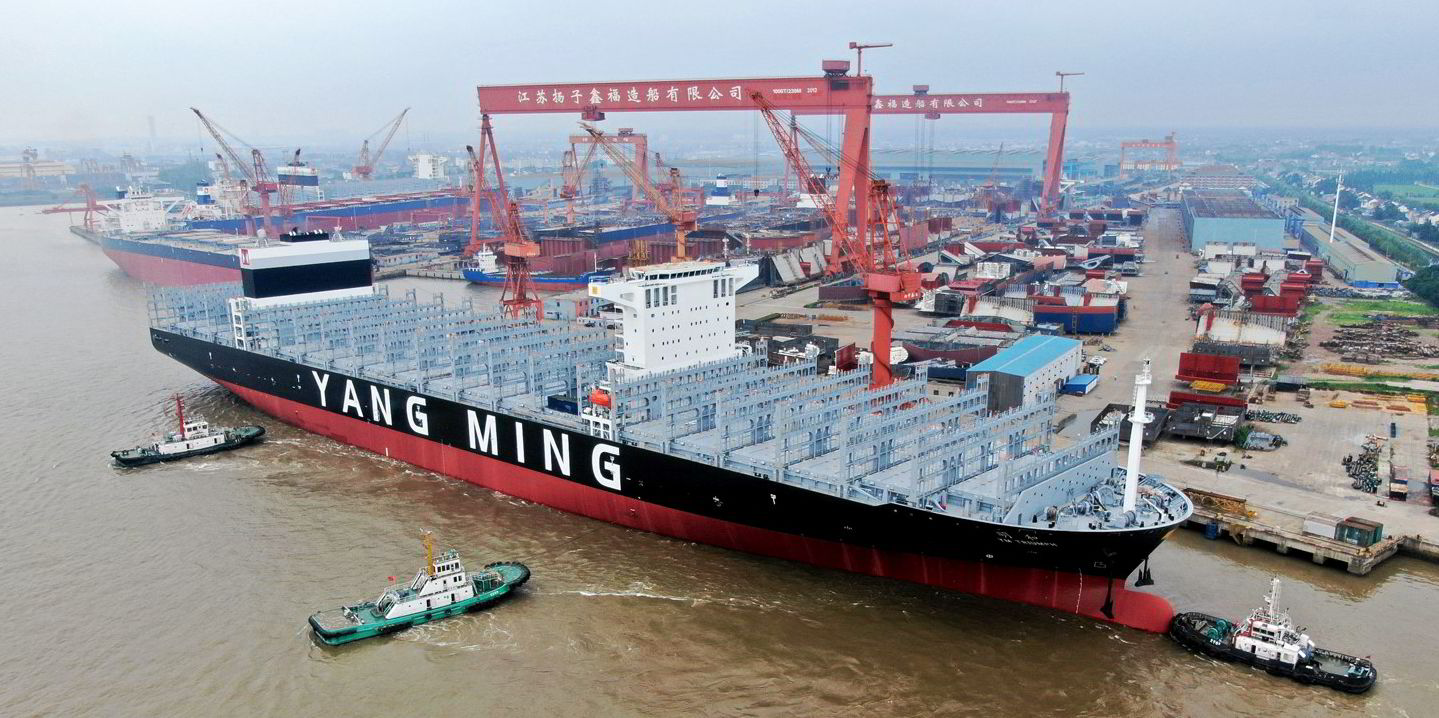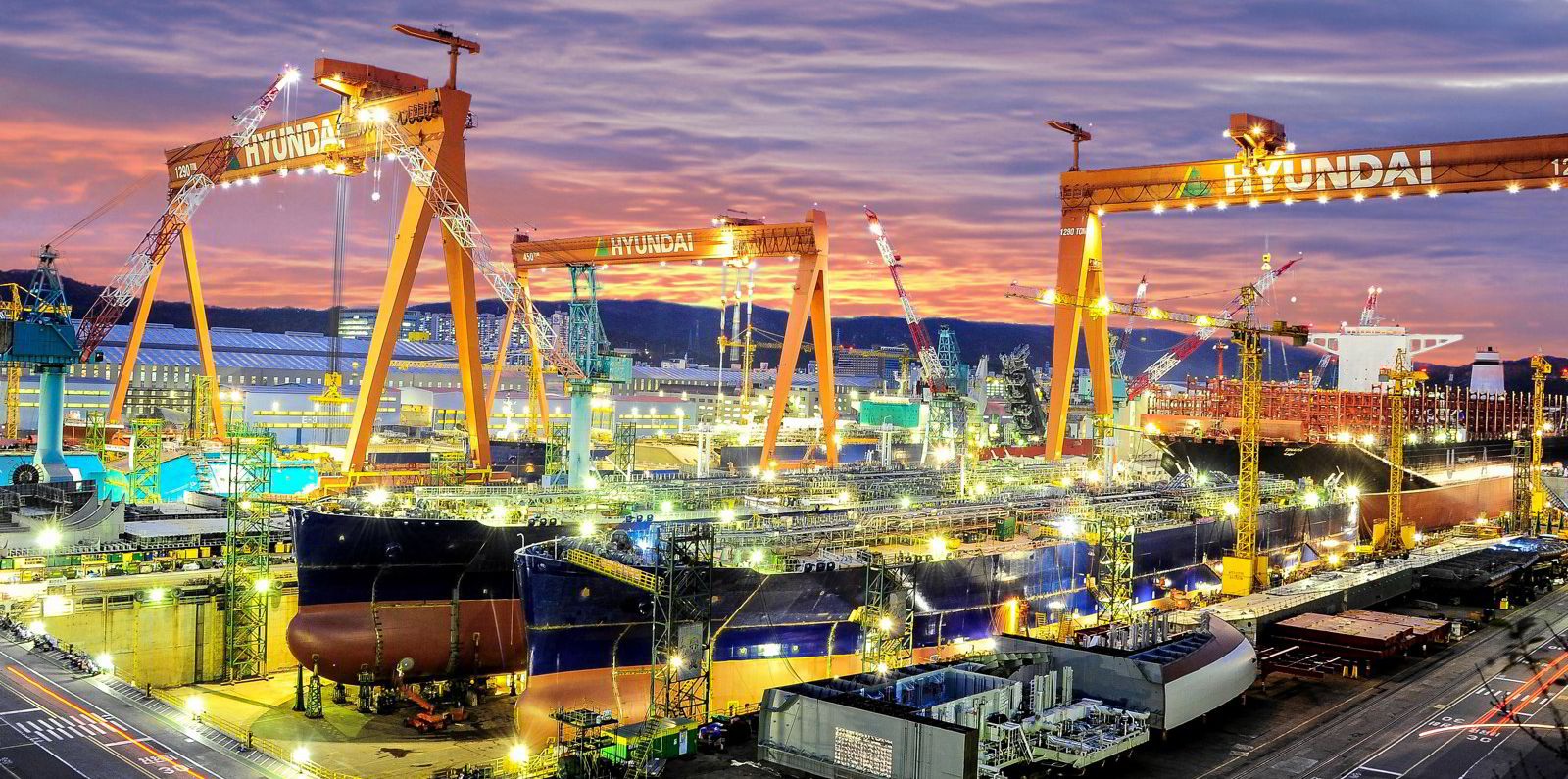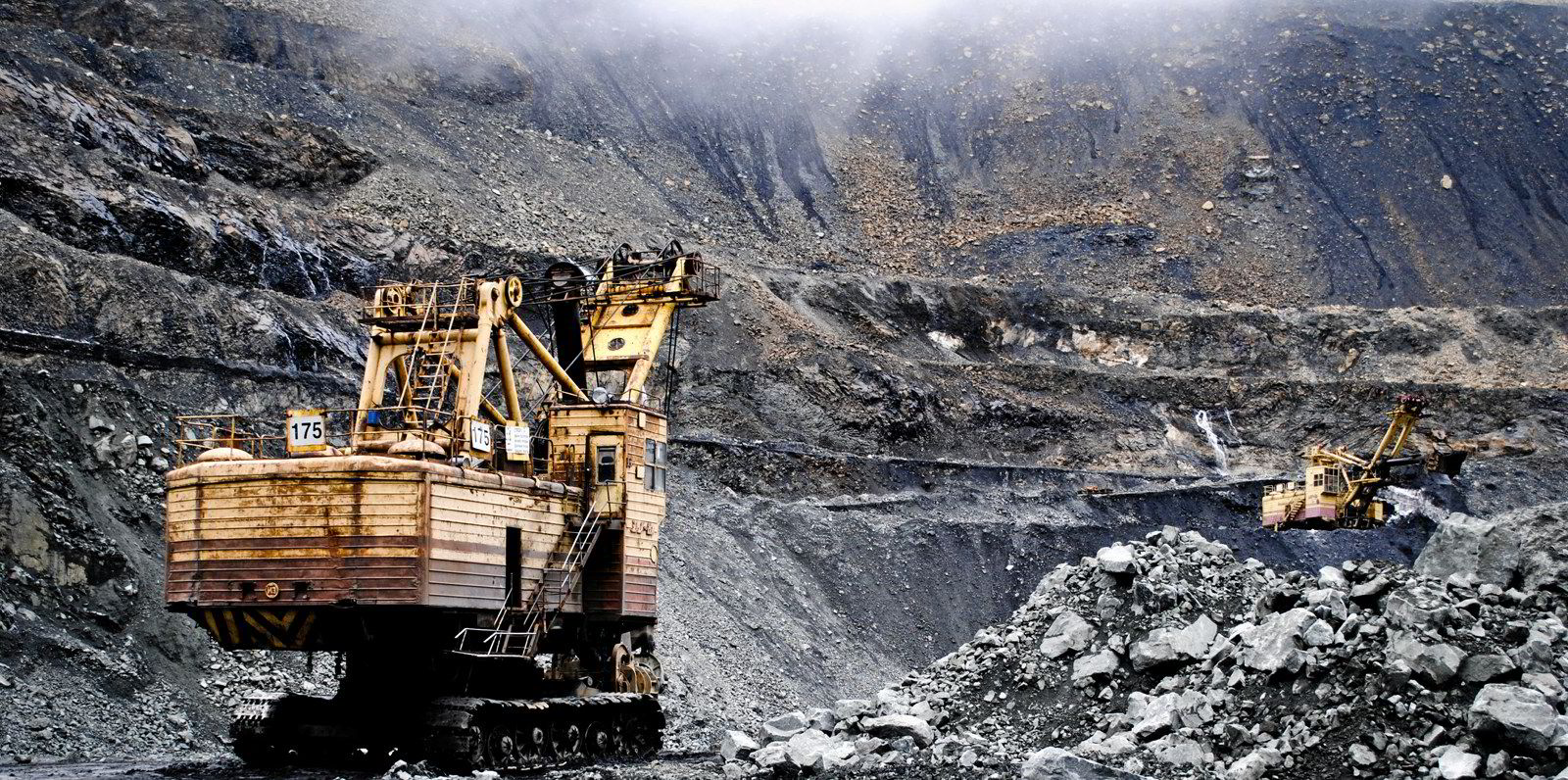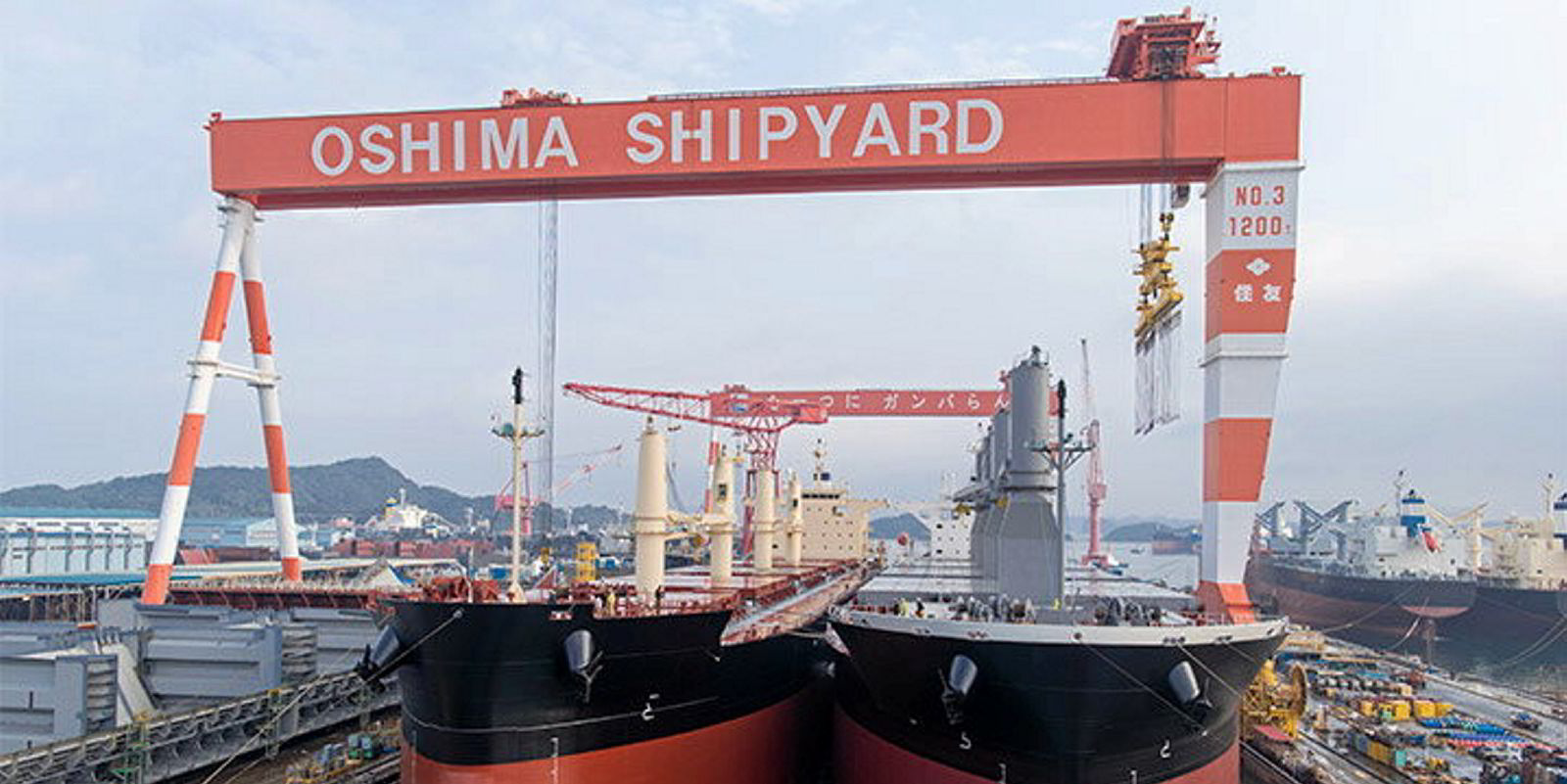Newbuilding prices have reached the highest level in 13 years, driven by a combination of supply-demand and inflationary pressures, says Clarksons.
They have been rising for more than a year, according to the shipbroker, whose overall newbuilding price index stands at 156 points, up 25% since the November 2020 low, indicating the highest prices — in nominal terms — since 2009.
“The pace of increase has been rapid and the gain in our index over the last 16 months is the sharpest percentage rise over any equivalent period since 2005,” it said.
“Both shipbuilding supply-demand and inflationary pressures have combined to underpin increasing newbuild prices.”
With overall ordering picking up in 2021, shipyard forward cover in compensated gross tonnage terms has increased to 2.9 years from 2.4 years in November 2019.
The broker said pressure on slot availability at yards after record container ship and gas carrier volumes has pushed available berths back to 2025 in some cases.
Meanwhile, cost inflation pressures have been significant, with steel prices remaining elevated after big increases in 2021. Chinese steel plate, for example, is more than $800 per tonne, up over $250 per tonne since April 2020.
However, Clarksons said a basic inflation adjustment based on the US consumer price index suggests that in real terms, newbuild prices are still below the start of 2016.

Containership newbuild prices have had the largest increases: the price of a newbuild 15,500-teu neo-panamax is up 47% since the start of 2021.
Meanwhile, the price for a capesize bulker newbuilding has risen by 32%, an MR tanker by 21% and an LNG carrier by 18%.
Clarksons said higher newbuild pricing may eventually feed into shipyard profitability, but the picture is complicated by the timing of orders, price trends and the cost profile of individual contracts.
“Although some momentum in ordering remains, we do expect lower volumes overall this year due to higher prices and longer lead times as well as continued uncertainty over alternative fuel choices,” it said.
Moreover, although there are likely to be further fluctuations, the shipbroker said higher prices today are amplifying the costs of fleet renewal.
The index does not typically include the cost of alternative fuelling — which 37% of tonnage ordered since the start of 2021 includes — or material energy-saving technologies.
Even without these uplifts, price increases since 2020 have added roughly $17bn to the total cost of newbuild orders placed since the start of 2021 — the equivalent of 150 newbuild VLCCs at today’s prices.
“Currently there seems limited prospect of downward pressure on prices evolving quickly with shipyard cover firm,” Clarksons said.
However, it warned that while owners may consider pricing in some sectors “discouraging”, inflationary pressures on costs could rise further.





